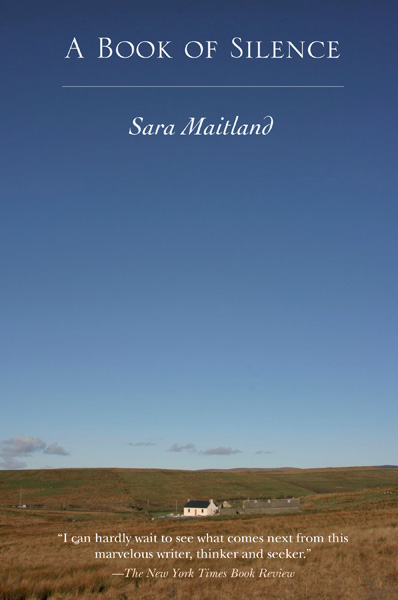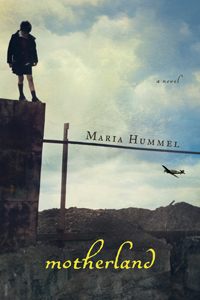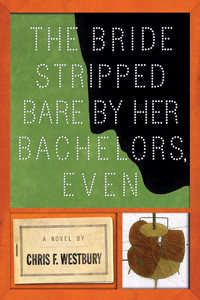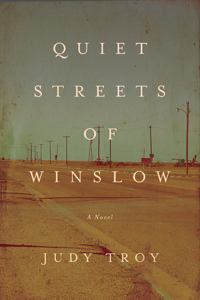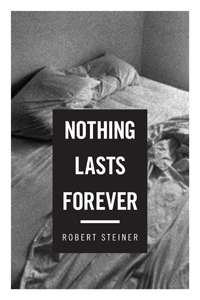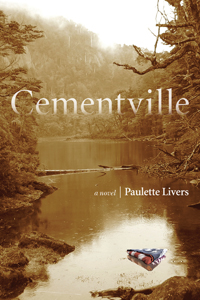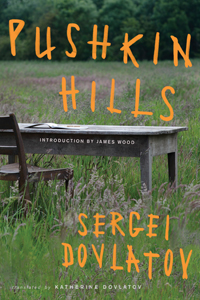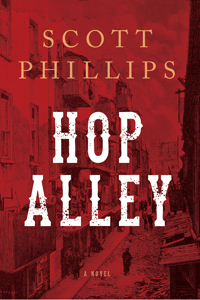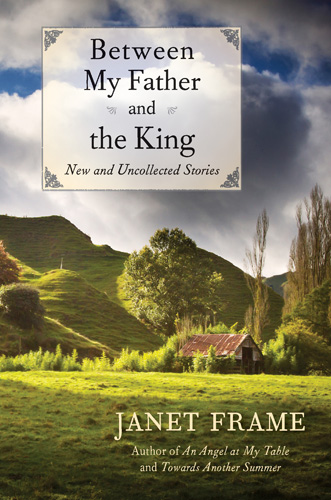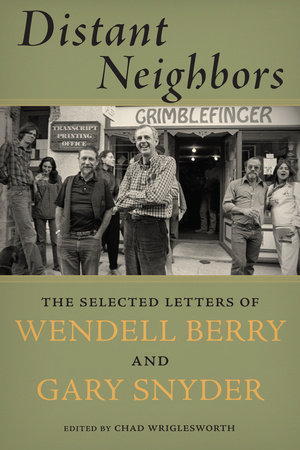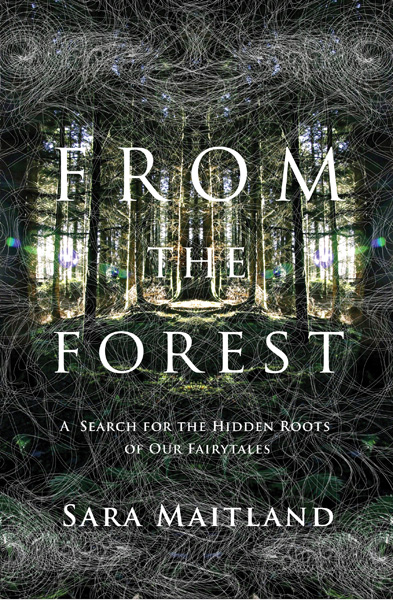
Book Description
An insightful, beautifully written study of how nature has influenced popular fairy tales like Rapunzel and Little Red Riding Hood—pairing 12 modern retellings with detailed histories of Northern European forests.
Fairy tales are one of our earliest cultural forms, and forests one of our most ancient landscapes. Both evoke similar sensations: At times, they are beautiful and magical, at others—spooky and sometimes horrifying. Maitland argues that the terrain of these fairy tales are intimately connected to the mysterious secrets and silences, gifts, and perils.
With each chapter focusing on a different story and a different forest visit, Maitland offers a complex history of forests and how they shape the themes of fairy tales we know best. She offers a unique analysis of famous stories including Rapunzel, Hansel and Gretal, Snow White, Little Red Riding Hood, Rumplestiltskin, and Sleeping Beauty. Maitland uses fairy tales to explore how nature itself informs our imagination, and she guides the reader on a series of walks through northern Europe’s best forests to explore both the ecological history of forests and the roots of fairy tales. In addition to the twelve modern retellings of these traditional fairy tales, she includes beautiful landscape photographs taken by her son as he joined her on these long walks.
Beautifully written and impeccably researched, Maitland has infused new life into tales we’ve always thought we’ve known.
Praise For This Book
“In this lovely, inventive book, Maitland pursues the psychic juncture between forests and fairy tales…the author's research is diligent, her analytical skills sharp, and her prose lean and compelling…The argument she makes for a connection between the woods and the fairy tale is a convincing one and so finely constructed that this odd marriage between fiction and essay proves successful and thought–provoking.”—Publishers Weekly








